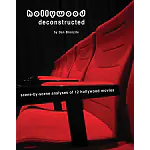Tag: screenplays
Create Complex Characters that are not Black and White in Nature
How often in life do you meet someone that is flawless? Conversely, how often do you meet someone that does not have a single good bone in their body? …



